Maze Generator
Double Pendulum
Conway's Game of Life
Classical implementation of Conway's Game of Life. Only difference is that the world is a toroid, so the cells wrap around when they reach the border. For a description of this system you can check the Wikipedia page.
Langton's Ant
Really interesting behaviour with just a few simple rules, just let the ant wonder around for a bit and a pattern will emerge. Here is possible to change a lot of parameters (that I may implement sooner or later).
Flocking Simulation
One of the super classic examples for system with emergign behaviours. Each entity (boid) follow three rules: align with neighbours speed, go towards the center of mass of the neighbours and avoid collisions. Here is the website of the creator of Boids with the rules and the main idea explained.
Voronoi Tessellation
Algorithm used for the tessellation of space. The idea is to find the area around a given points such that all the points inside this area are closer to him than to any other point present on the surface. For a deeper explanation of efficients algorithms (which I did not followed), you can check the Wikipedia page.
Sandpile Simulation
Gravity Patterns
This simple simulation represents the motion of satellites influenced by the gravitational force of another object. To keep everything very basic the satellites only feel the 'attractor' force, and they do not interact with each other. Each satellites start with random velocity on a circle around the attractor.
Wave Function Collapse
Very basic implementation of the algorithm called wave function collapse. The (simplified) idea behind it is to keep in every cell every possible option that respects the rules imposed (rules between neighbours). Then when a neighbour is updated, the options no longer viable are removed. This is repeated until no more oprions are possible anywhere in the map.
Self-Organizing Maps
Visualization of the learning process of a self-organizing map algorithm. The examples that I am drawing are mostly fun to look at, but not particularly realistic. Some more info are here.
2D Cellular Automaton
Simulation of a cellular automaton in 2 dimension with Von Neumann neighbours. It's a direct generalization of the 1 dimensional case described here, just with a lot more possible rule sets.


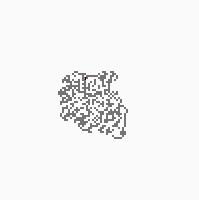
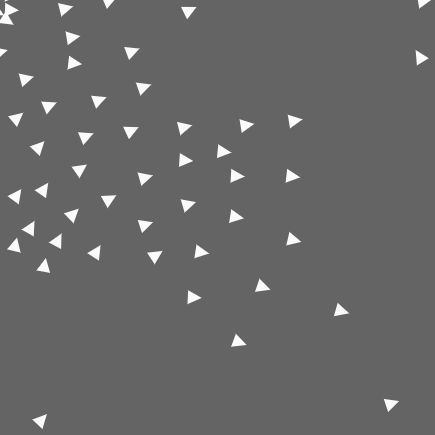


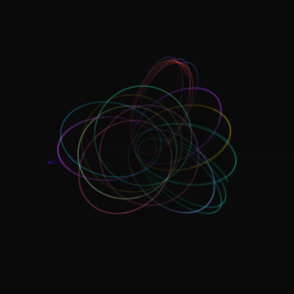
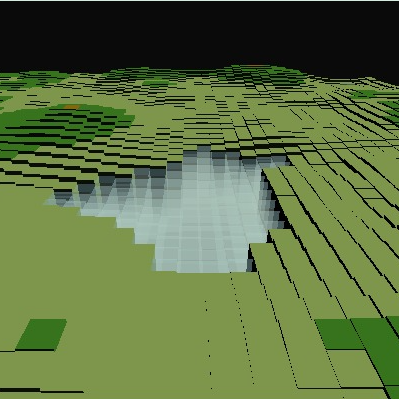

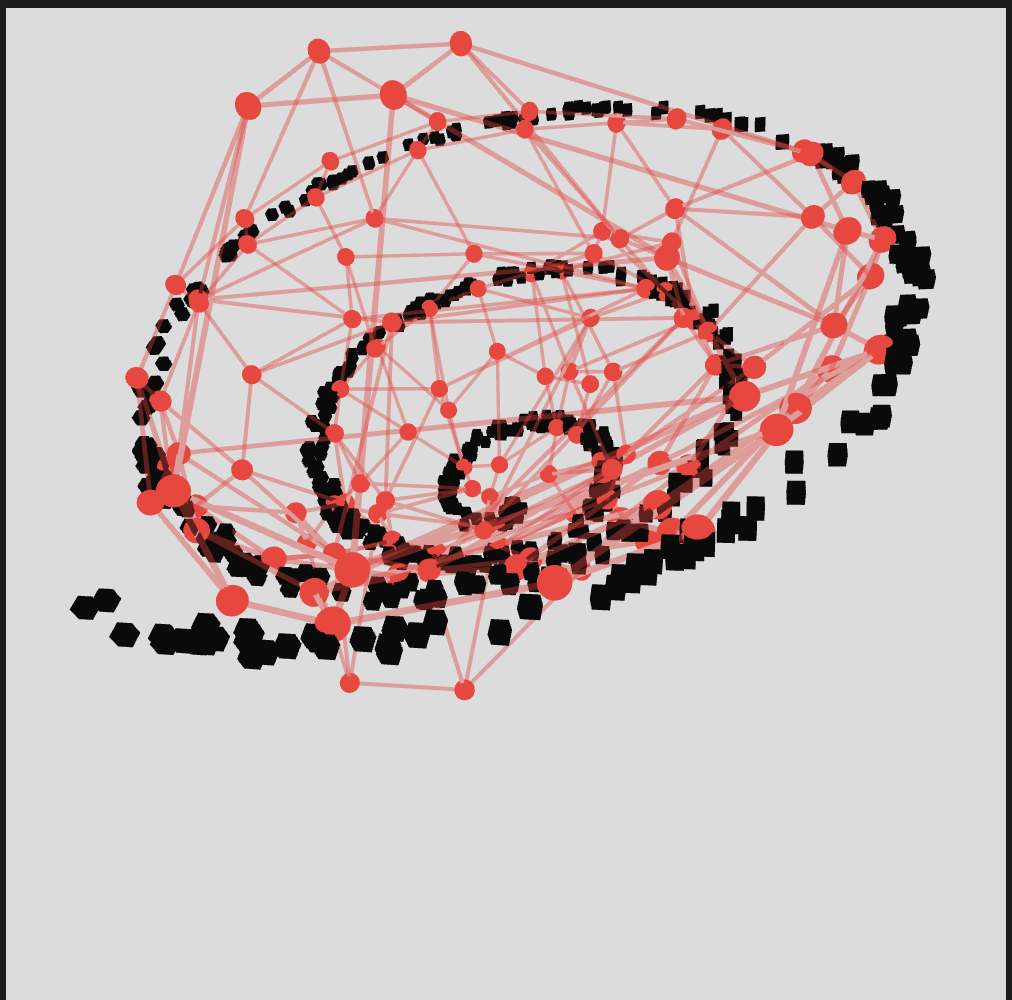
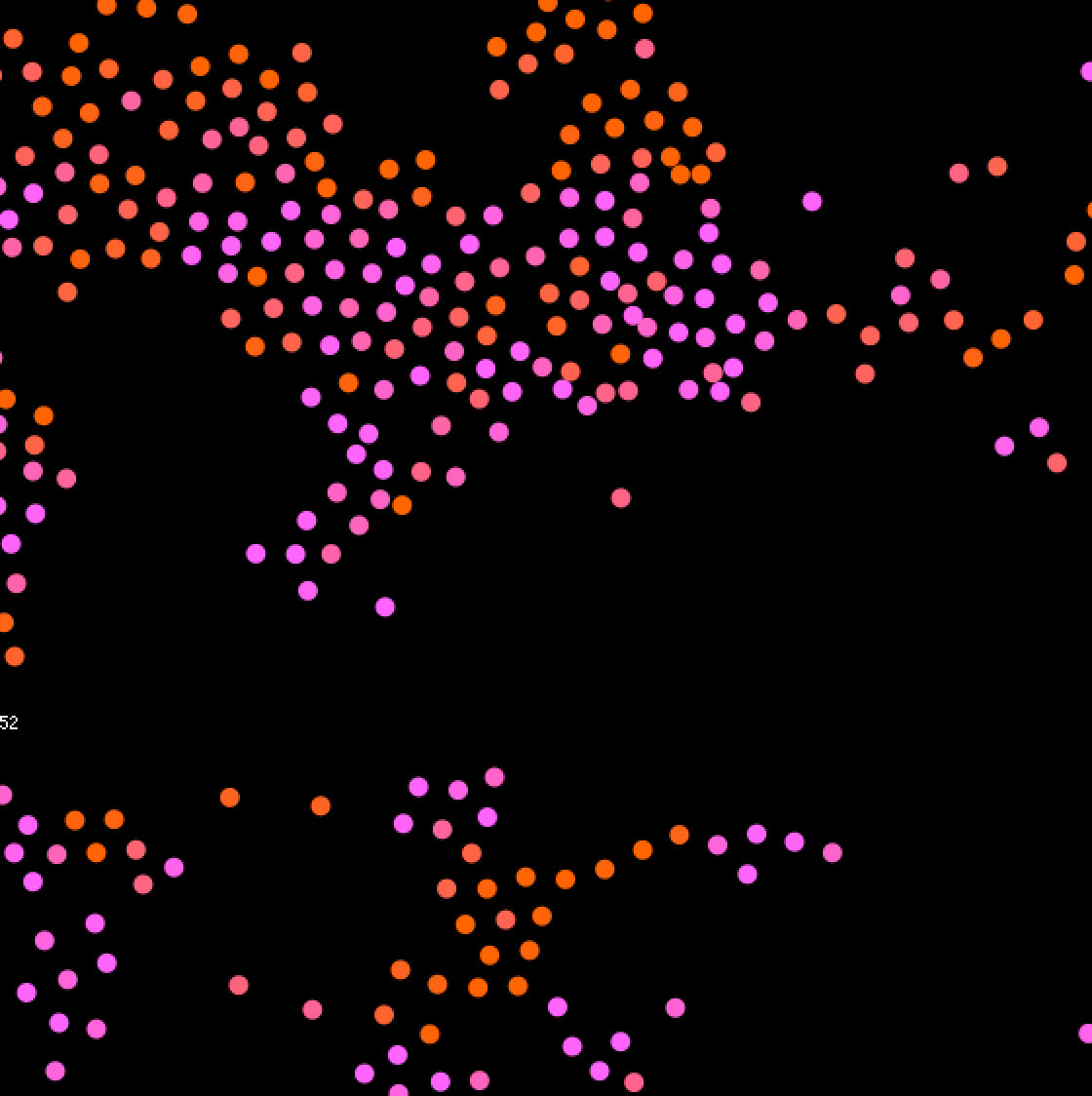

It is an implementation of the Depth First algorithm for the generation of mazes. The basic idea is that we move randomly in unvisited cells removing walls, until all the cells are visited.
Also, it is a very nice screen saver.